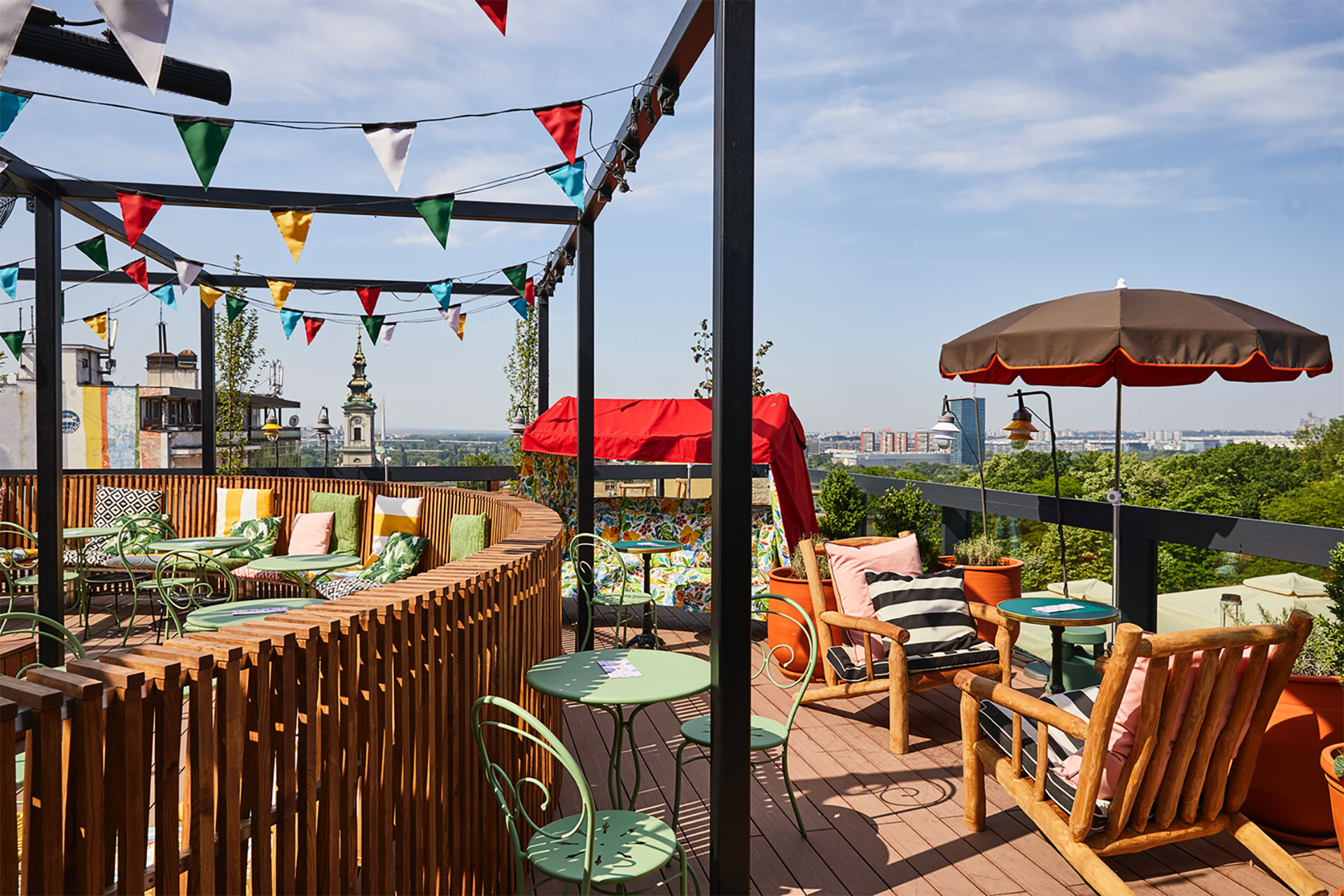
Serbia
As the hotel scene grows in Serbia, we’re finding more and more inspired boutiques — with energized visual approaches and clever nods to the historic — to compete with the global mega-chains that once dominated completely.
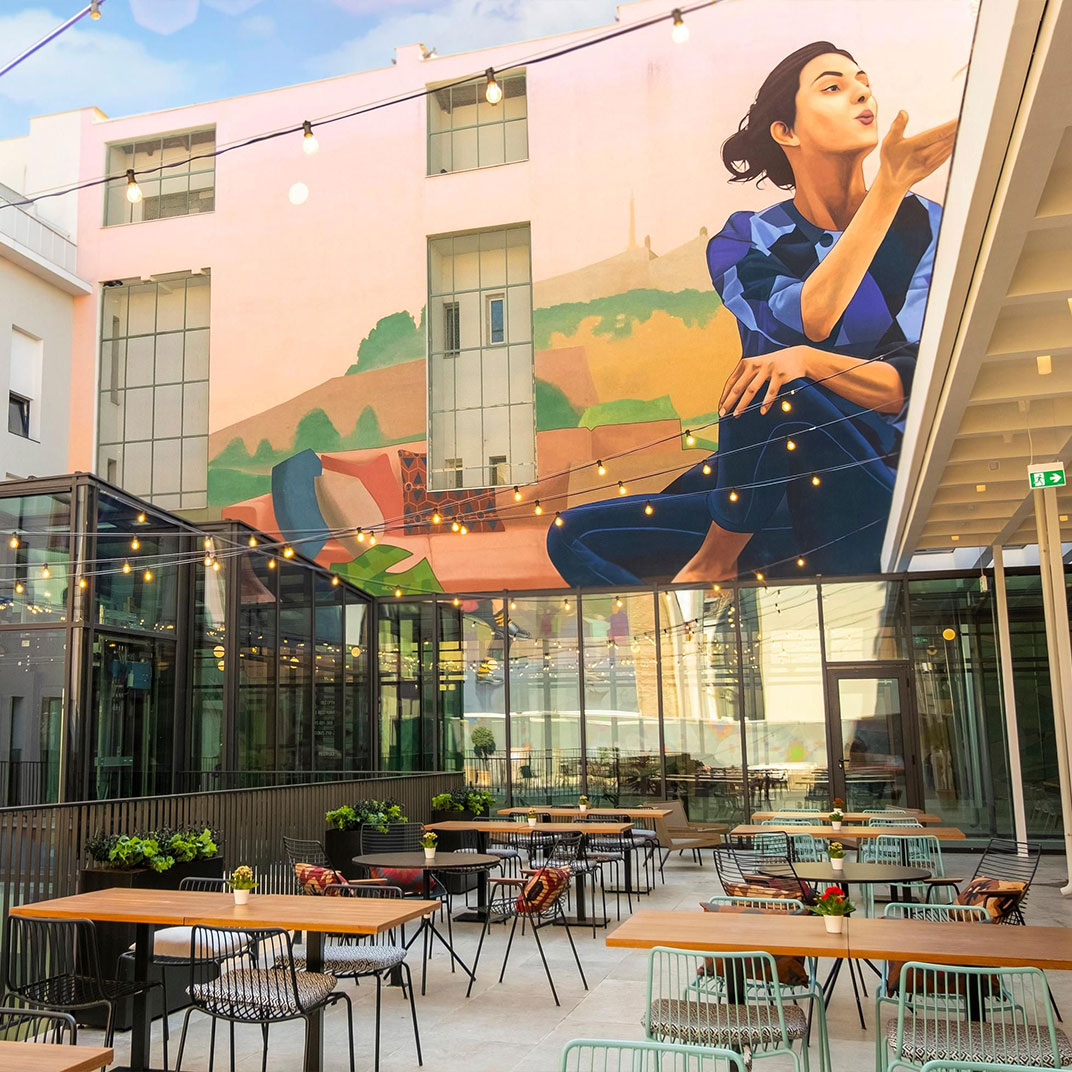
Hotel Indigo Belgrade
Belgrade, Serbia
Indigo is IHG’s luxury boutique hotel brand, and the advent of the Hotel Indigo Belgrade marks a new maturity for the Serbian capital’s hospitality scene. The building is a local landmark, set in a pedestrian-only district home to some high-end shopping and convenient to a great many local sights; its interiors pay wry tribute to Belgrade’s history.
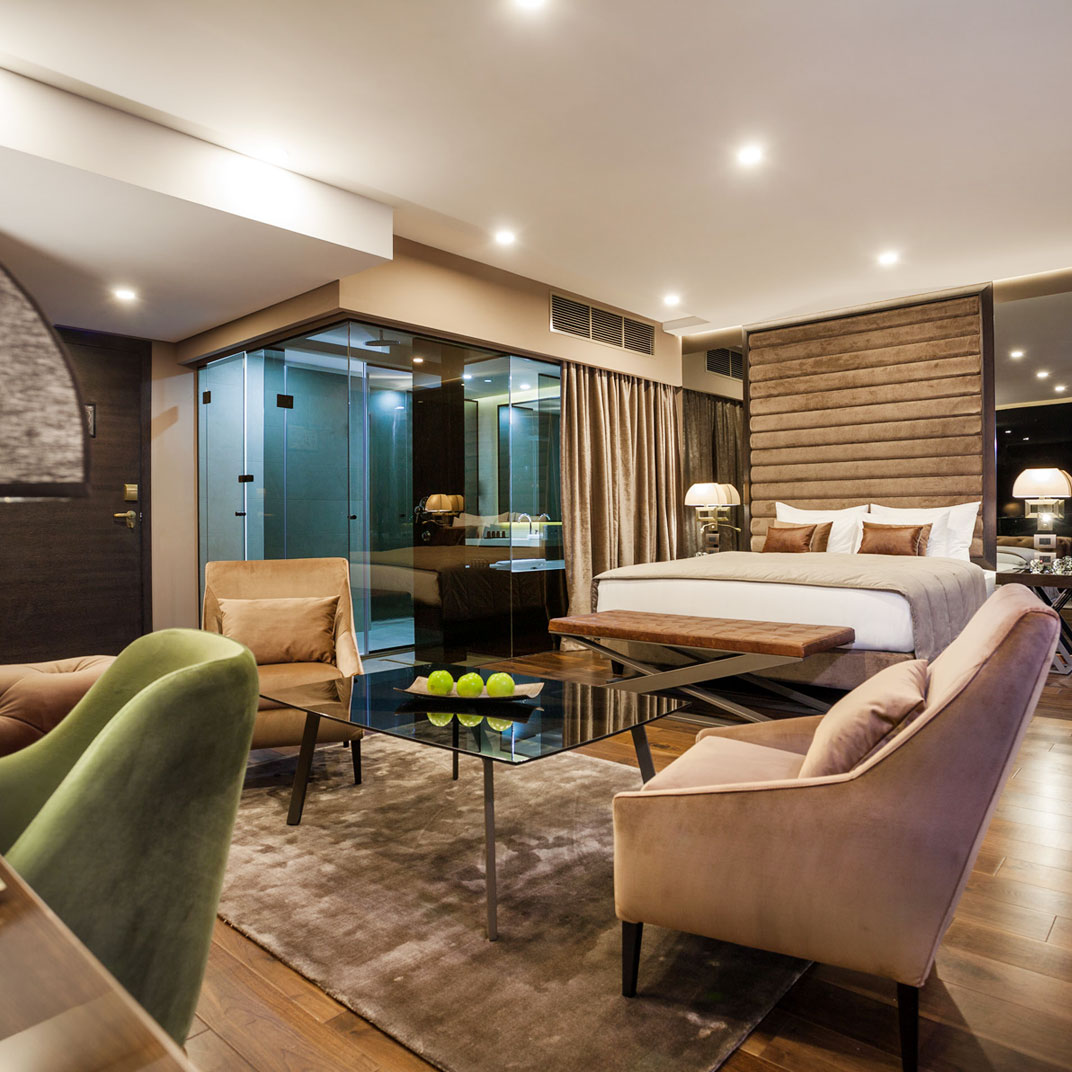
SAINT TEN Hotel
Belgrade, Serbia
It’s entirely understandable if Belgrade missed out on the first wave of the boutique-hotel revolution. What’s important now, from the perspective of international travelers of the Tablet type, is that there are now hotels in town of Saint Ten’s caliber. The stately old building, in the central district of Vračar, was built in the Twenties by architect Stojan Veljkovic, and over the past century it’s served as a backdrop for more than a few pivotal moments in the city’s political history.
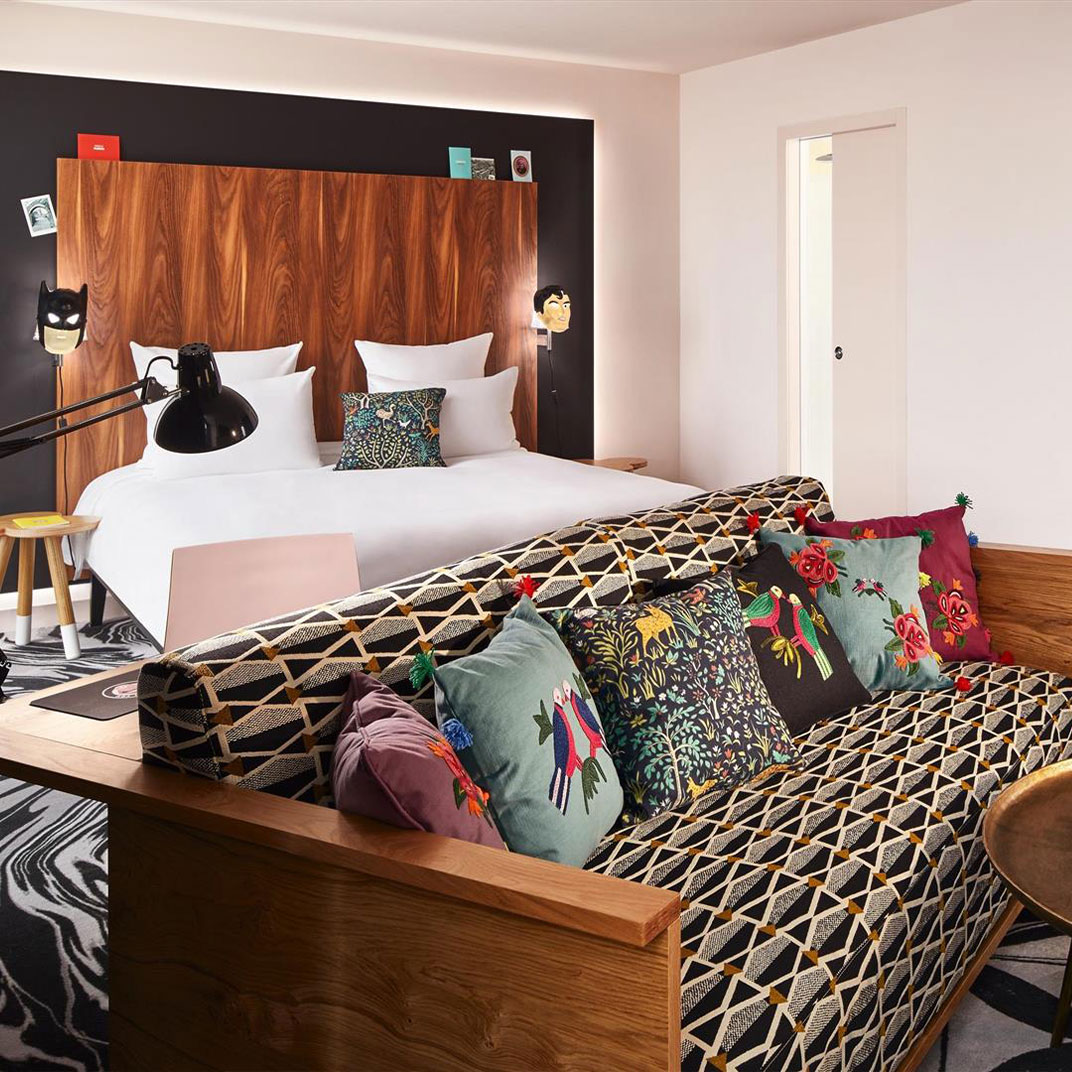
Mama Shelter Belgrade
Belgrade, Serbia
The way this town is going, it’s absolutely ripe for a stylish, budget-conscious, youth-oriented boutique hotel — and that, naturally, is the role that Mama Shelter Belgrade was born to play. The design is by Philippe Starck protégé Jalil Amor, who worked on the original Mama Shelter in Paris all those years ago. This is no reproduction, however — the visual approach is as riotous and whimsical as ever, but the details are tailored to the setting, where Austria-Hungary meets the Balkans.
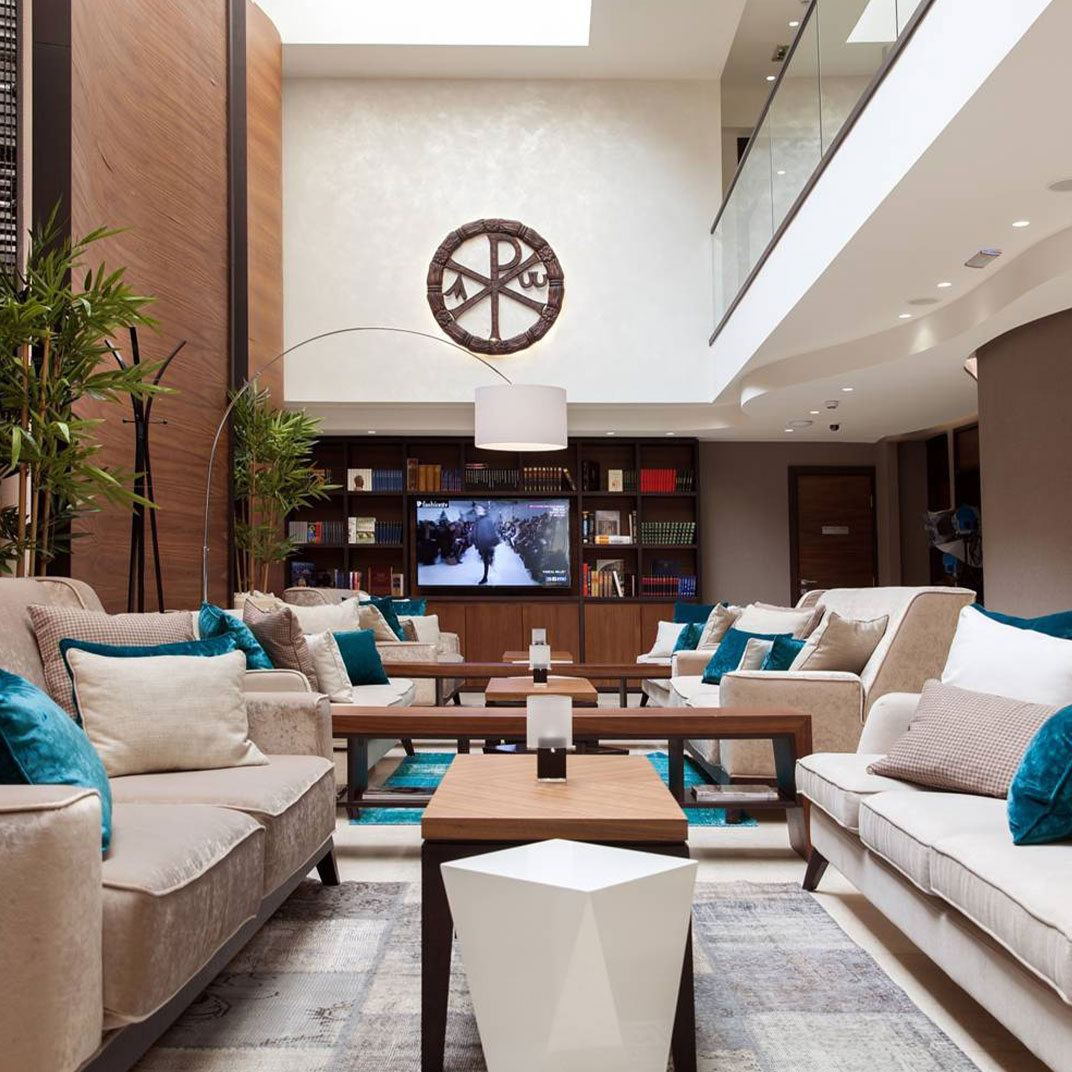
Hotel Constantine the Great
Belgrade, Serbia
When we’re feeling jaded we sometimes lament the fact that boutique hotels aren’t as rare and precious as they used to be. But in a more expansive mood we’re able to recognize that the elitist’s loss is everyone else’s gain. The fact that it’s now possible to find stylish digs in a city like Belgrade — courtesy of Constantine the Great — is surely cause for celebration.

Townhouse 27
Belgrade, Serbia
Its design-hotel aspirations are kept subtly in check, with expressive elements limited to quirky textures and inventive lighting. Belgrade might not be ready for a total design revolution. This is a business hotel as much as it is a design hotel, and there are traditional sensibilities to consider. And aside from the views of the city, which are no small thing, works by Belgrade-born artist Gabriel Glid add to the rooms’ visual interest.
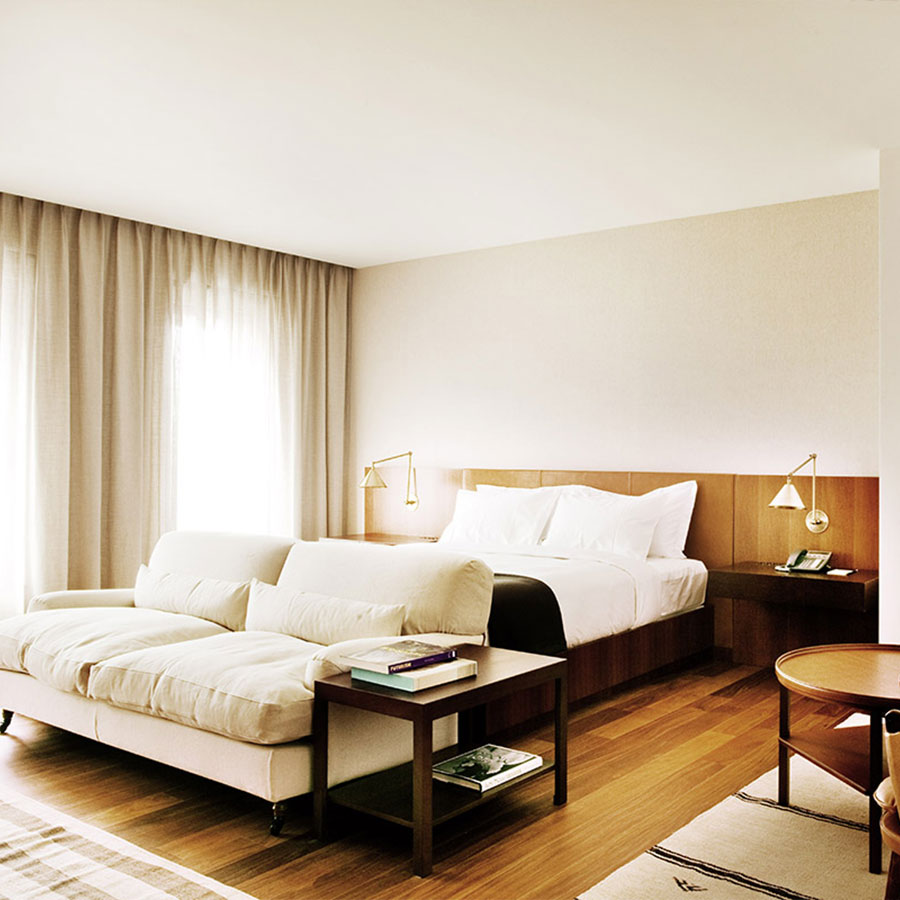
Square Nine Hotel
Belgrade, Serbia
Belgrade’s block-to-block shifts from Byzantine to Brutalist can be head-spinning — as can its party-till-dawn nightlife. But even against this eclectic backdrop there’s no missing the majestic, statement-making Square Nine, a boutique hotel that combines architect Isay Weinfeld’s bold, functional dynamism with a generous helping of mid-century, jet-age romance.
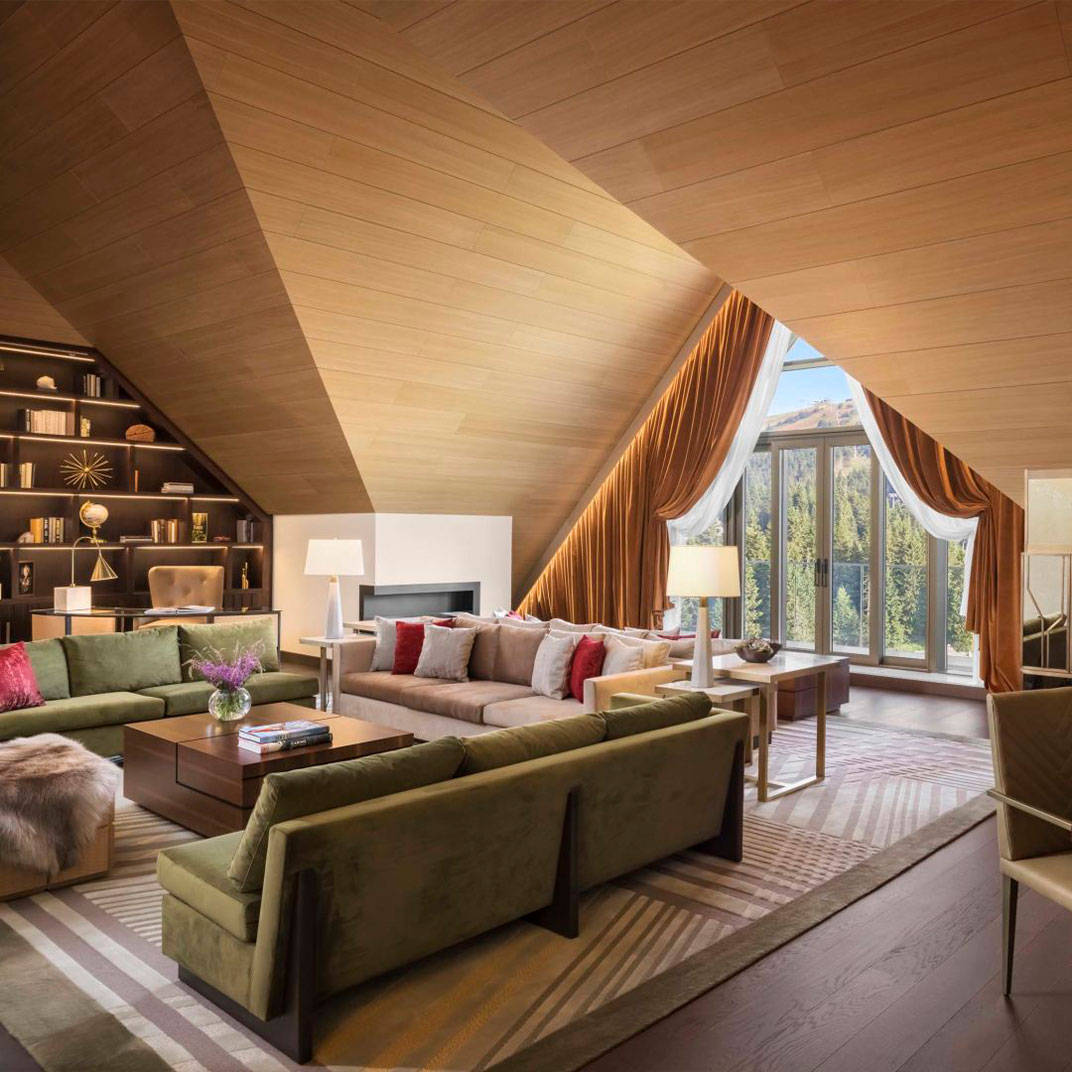
The Viceroy Kopaonik
Kopaonik, Serbia
For the first Viceroy resort in Europe the brand chose Serbia, and as surprising as that may be, the results speak for themselves. The Viceroy Kopaonik is an audacious new build, and is the most luxurious hotel in the resort town of Kopaonik Village. Like all the Viceroy hotels, it’s got a strong visual identity, with a mid-century modernist bent; all the old clichés of mountain-lodge design are notable in their absence.


